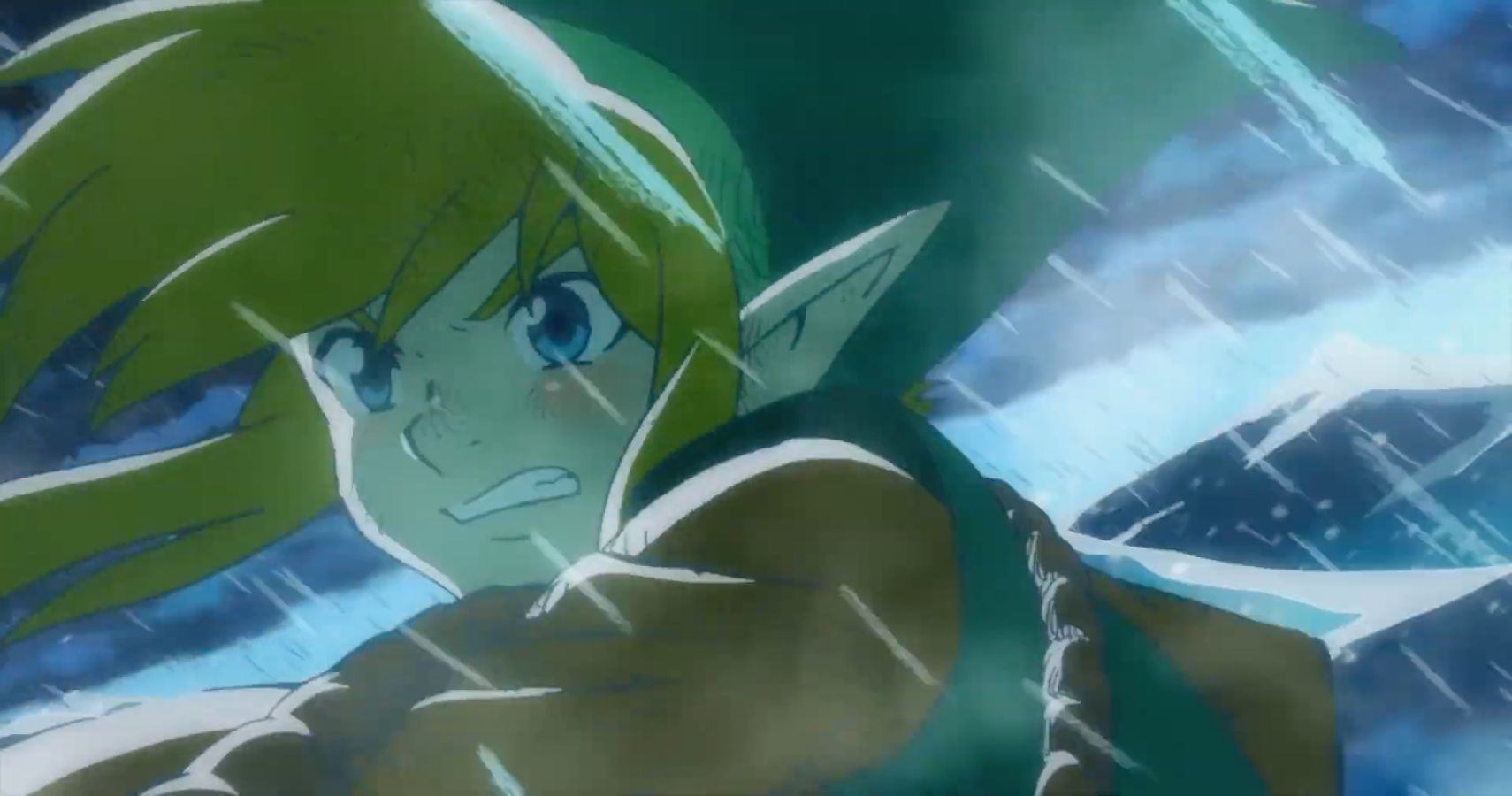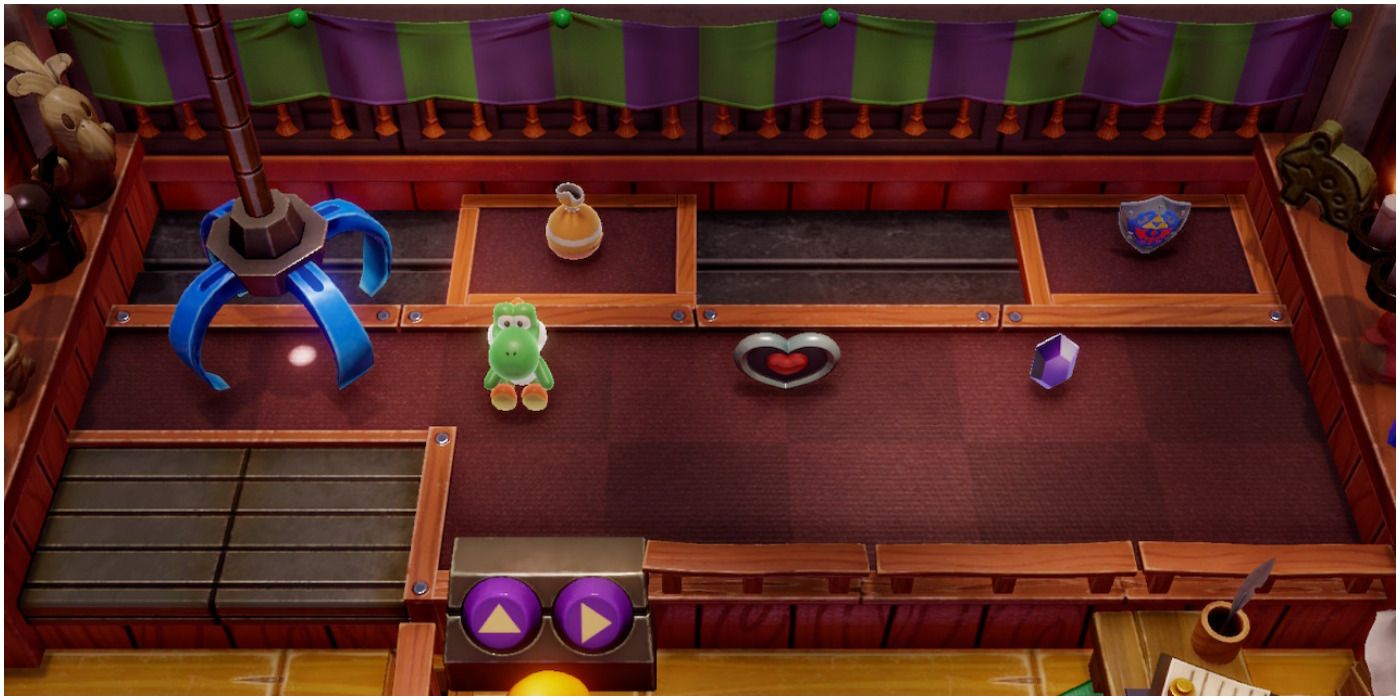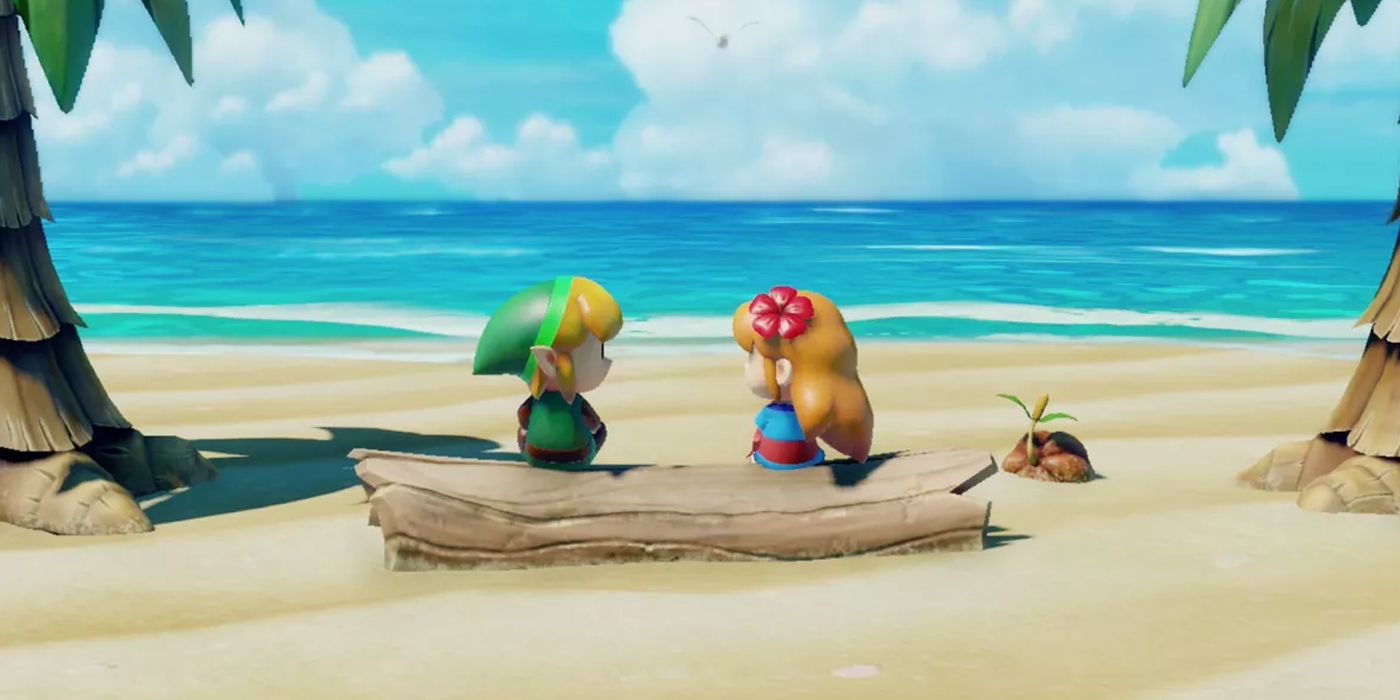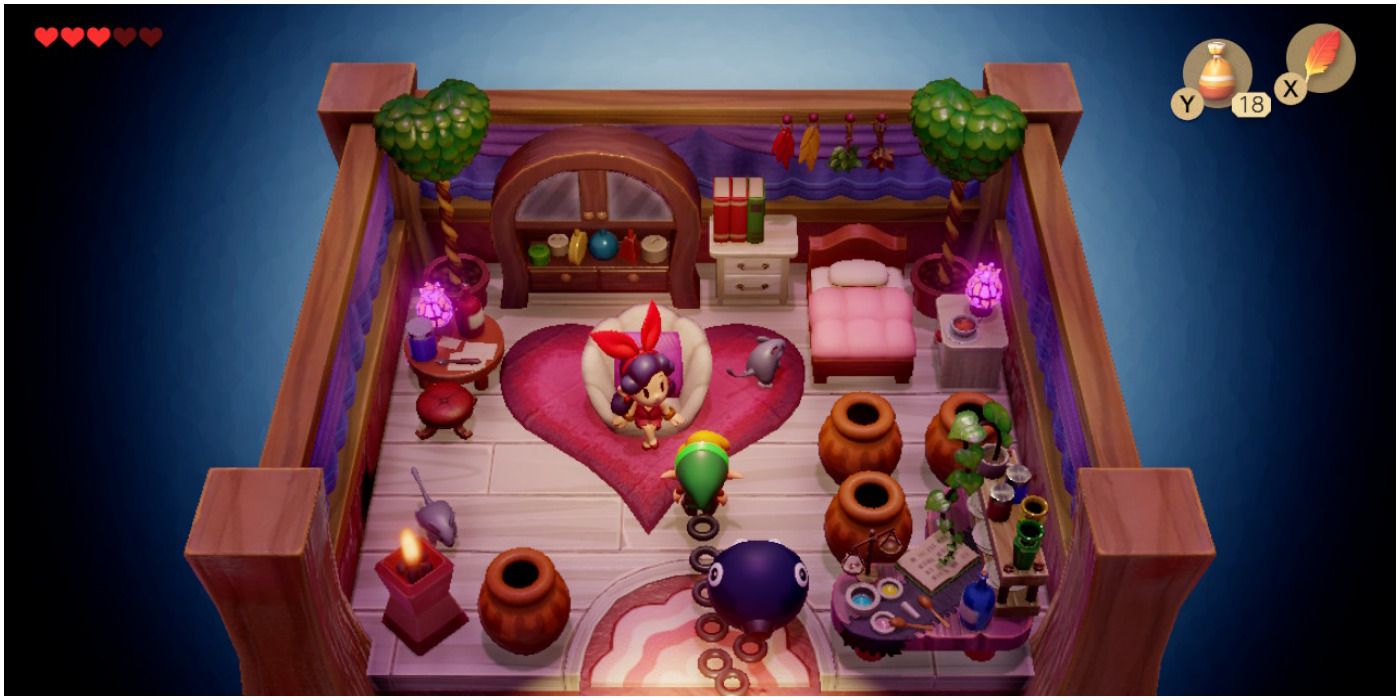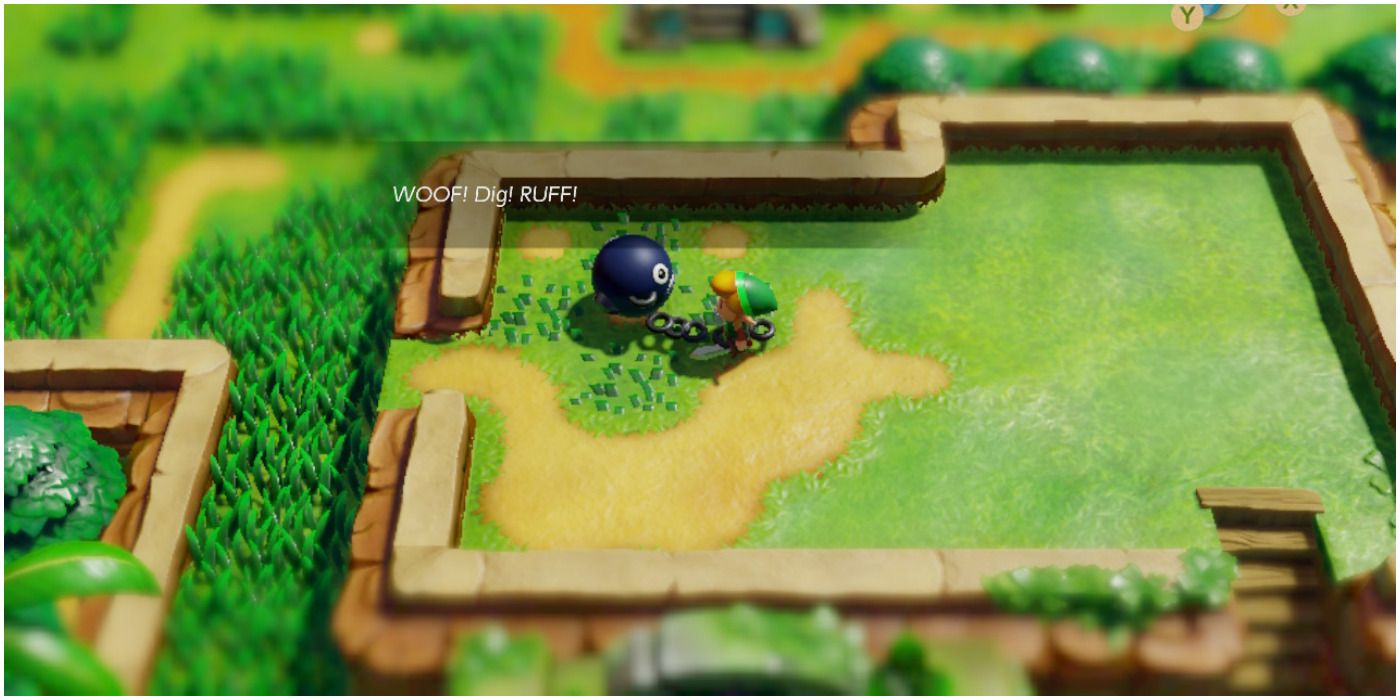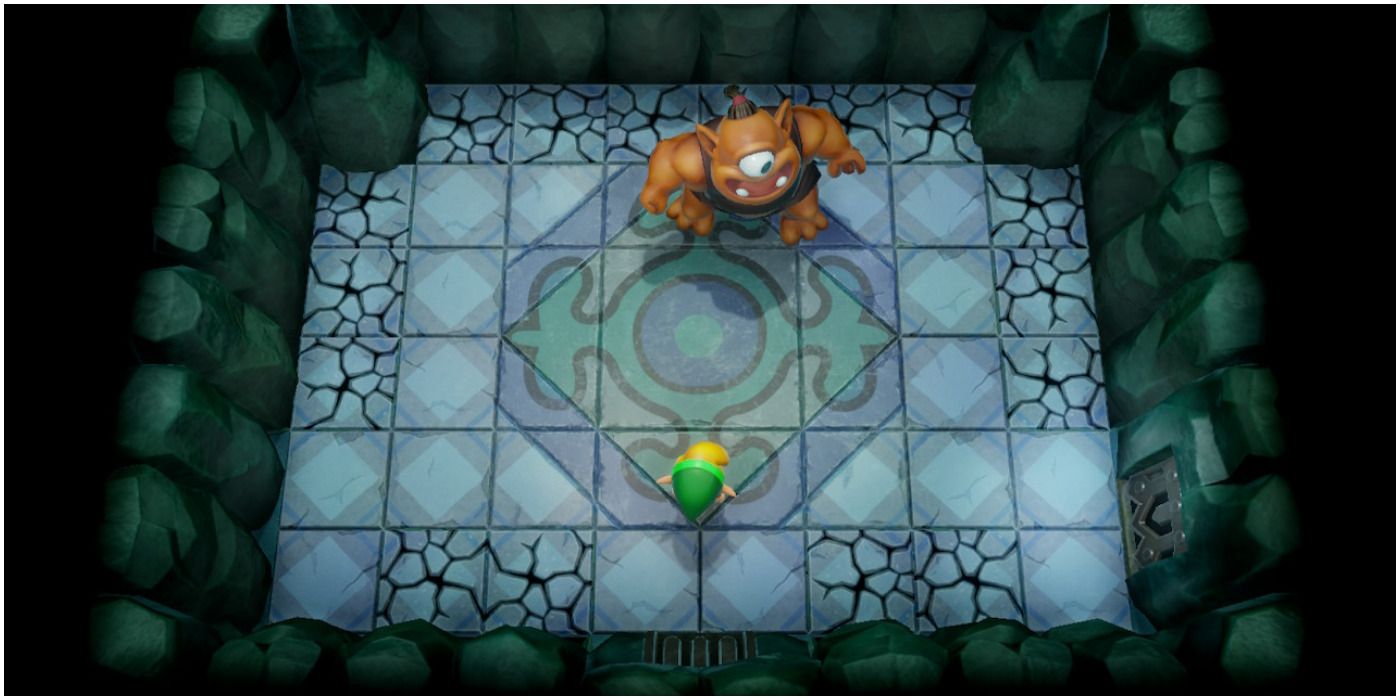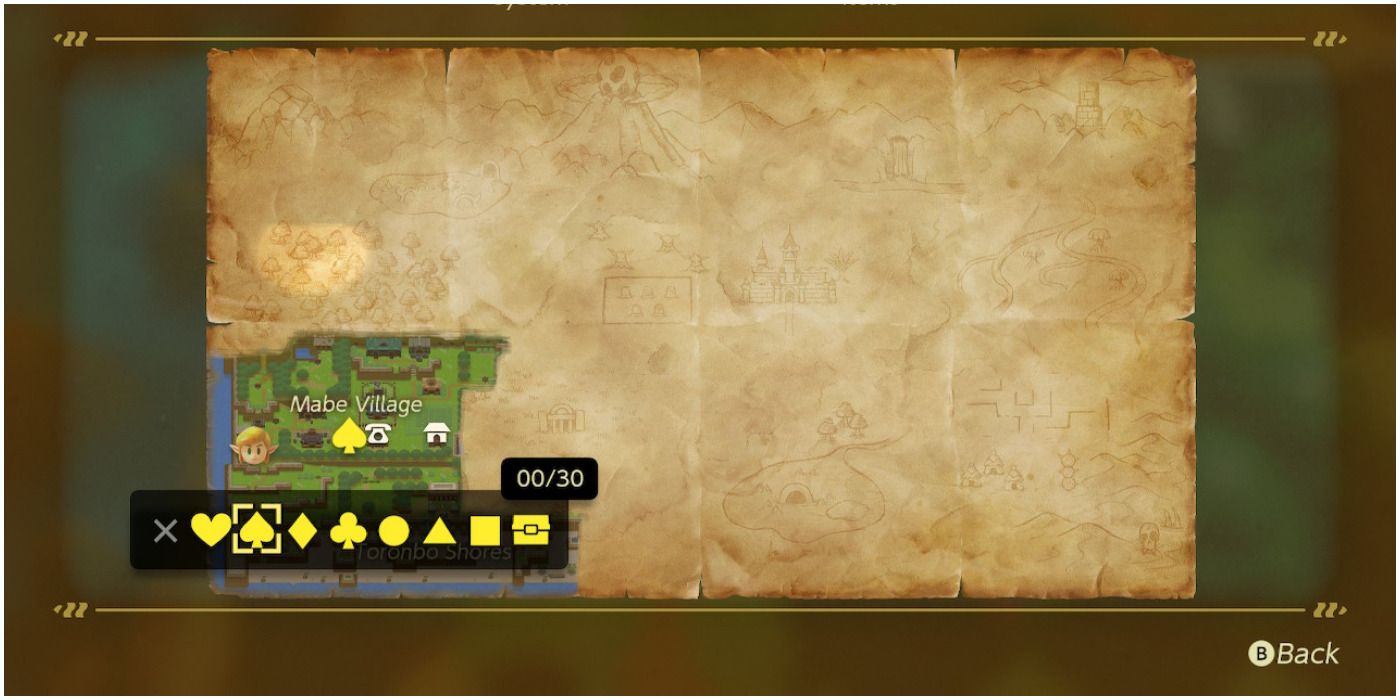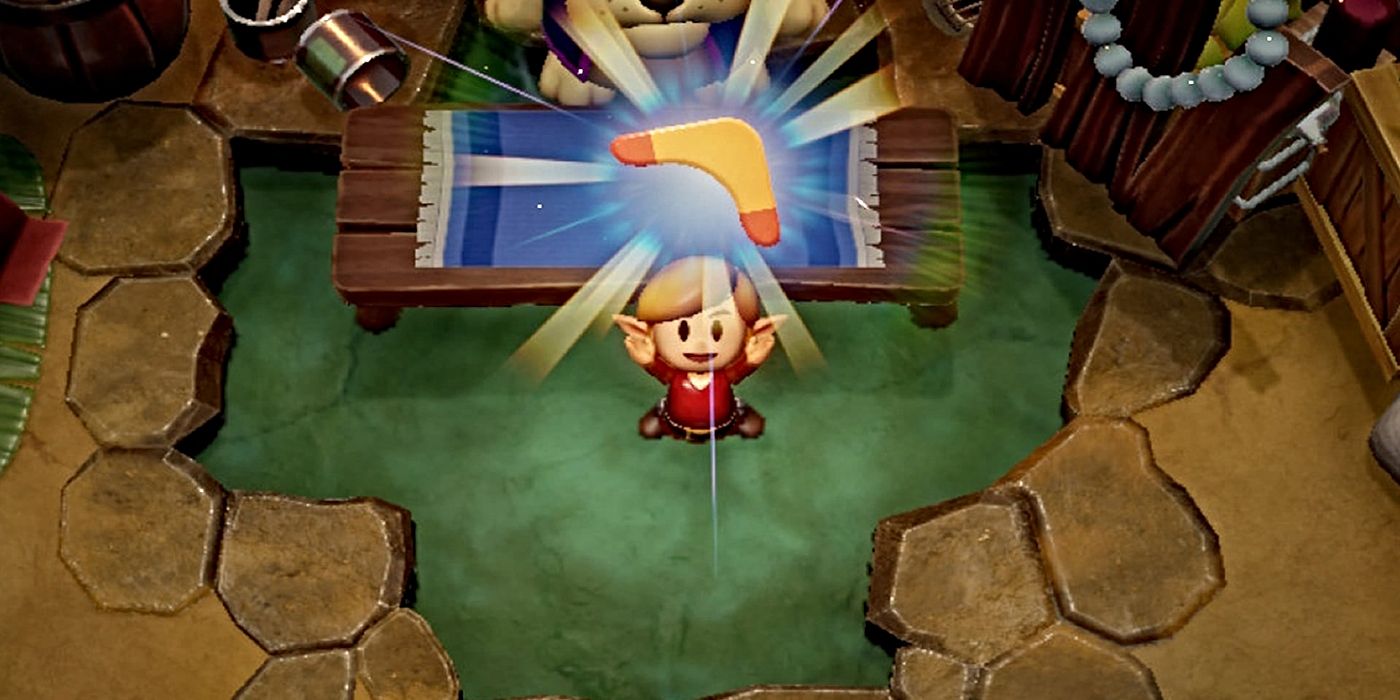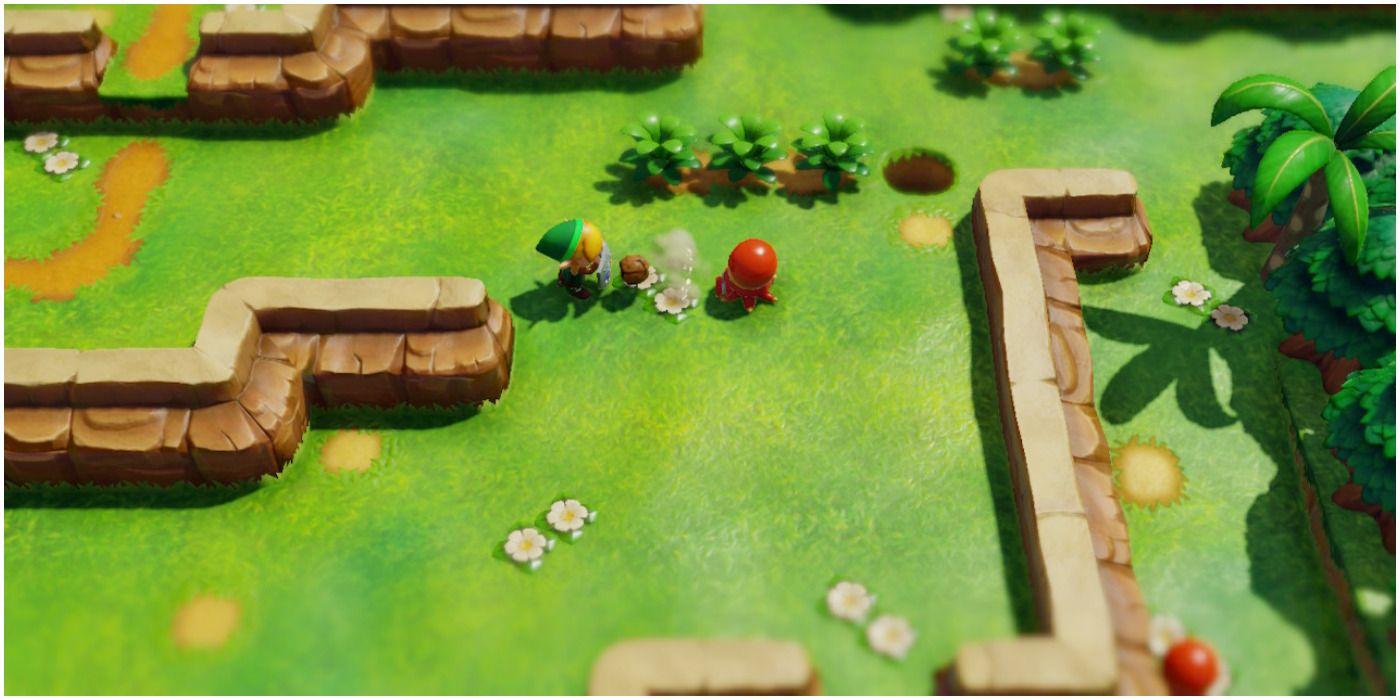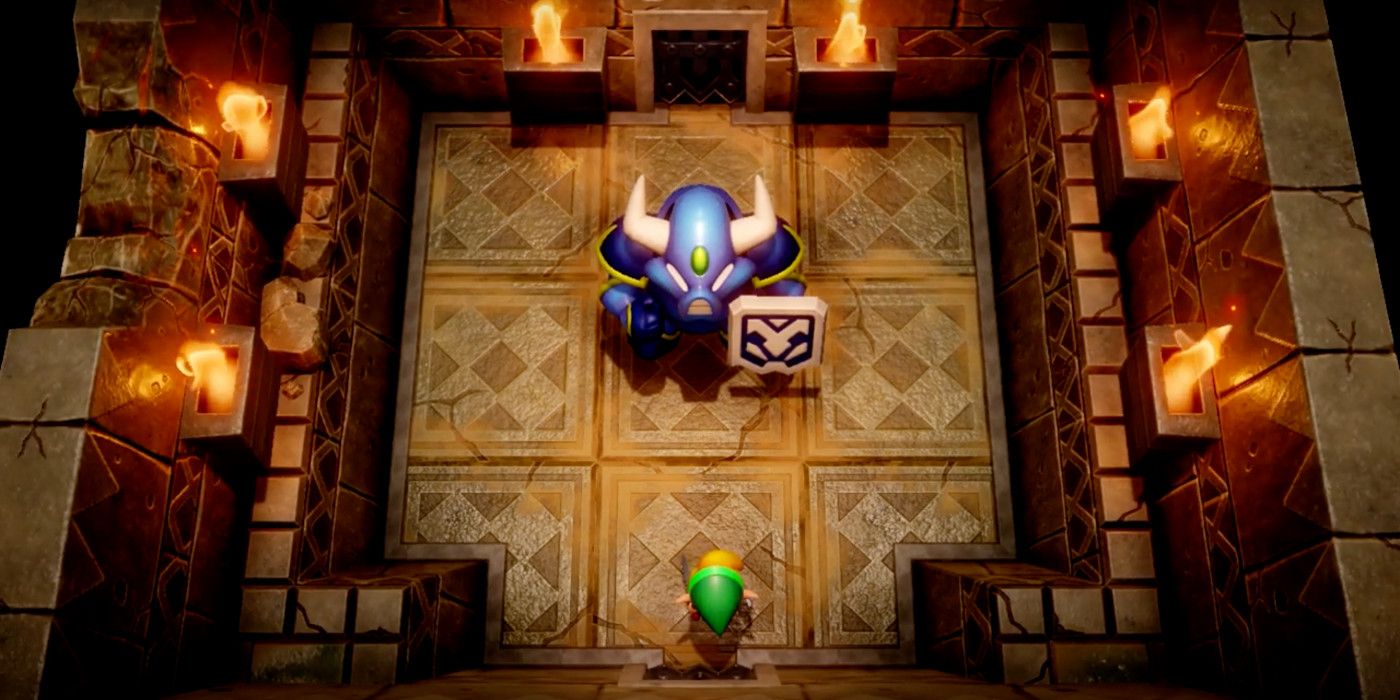The Legend of Zelda: Link’s Awakening is one of the most important Zelda games of all time, removing much of the series’ iconography in order to tell a more unique story. It proved that The Legend of Zelda could be more than its iconography. It’s still considered one of the best 2D Zelda games to this day, and for good reason.
While it’s beloved, Link’s Awakening was never a particularly difficult game. It wasn’t easy, but it wasn’t hard either. Naturally, Link’s Awakening’s remake on the Nintendo Switch makes things even easier—but not everything. To its credit, Link’s Awakening (2019) makes some rather interesting changes that serve to make the game tougher on a whole.
10 Easier: More Heart Pieces
The original Link’s Awakening only had 12 Heart Pieces for Link to collect, meaning that he ended the game with very few hearts. At the same time, the game’s difficulty curve was specifically designed around this. The remake adds 20 new Heart Pieces to the mix, but it lacks the same tact as its base game.
The remake doesn’t rebalance the difficulty curve to accommodate the new Heart Pieces, at least not in a way that’s meaningful or noticeable. The game is now genuinely easy like most other Zelda games. At least on Normal Mode, that is. Hero Mode is a different story.
9 Harder: More Seashells
On the flip side, adding more Secret Seashells to the game didn’t make Link’s Awakening any easier. In fact, it actually made the game much harder on a whole—especially for those who were banking on getting the Lv. 2 Sword as early as possible in Hero Mode. This time around, that upgrade ain’t coming until after the fifth dungeon.
As there are now 50 Secret Seashells to collect, players have to spend far more time searching Koholint Island before they can get their hands on the legendary blade. It’s a small change that ultimately only adds longevity to the game, but it’s interesting how one little change can cause such a domino effect.
8 Easier: Fairy Bottles
Despite A Link to the Past introducing Bottles as a formal item, Link’s Awakening removed them right away. The game didn’t need Bottles, though. Not only was the difficulty curve designed around Link’s few hearts, but Crazy Tracy also served as the game’s main revival source. With more Heart Pieces, though, comes the perceived need for Bottles.
While Fairies don’t actually revive Link in the remake, they still heal him up whenever the player wants. That kind of throws a wrench in the game’s original balancing. This is something not even Hero Mode gets exactly right. The moment Link gains access to Fairies, the difficulty can be thrown out the window.
7 Harder: Enemies Are More Aggressive
At least on a surface level. The fact of the matter is that enemies seem far more aggressive this time around. Maybe it’s just the nature of the remake being a faster game, but it truly does feel like enemies aren’t holding back against Link, often barraging him with attacks. Walking up to the wrong Moblin is a fast way to die in Hero Mode.
This also means that players are encouraged to use their shield far more often. In the original game, it was simple enough to forget Link had a shield at all, but Link’s Awakening’s remake seamlessly adds the shield into the core gameplay loop, allowing enemies to fight more aggressively. It’s a nice circle.
6 Easier: Combat Is More Fluid
On that note, items like the shield being attributed to their own buttons does, on the whole, make the gameplay much smoother. Combat especially is far more fluid than it was before, and Link’s Awakening’s remake is a nice step forward from Tri Force Heroes as far as action goes. Unfortunately, this has resulted in an easier game.
Link’s mobility is just so much better. It’s realistically possible to block anything and everything, to the point where death shouldn’t be happening unless players are reckless. Tragically, Link’s Awakening is more fun when played recklessly, and this fluid playstyle supports that notion.
5 Harder: The New Trendy Game
The Trendy Game was barely a difficulty afterthought in the original game. Players could comfortably walk in, pay their Rupees, nab Yoshi on their first try, and literally never return to play the mini-game. This time around, the Trendy Game is home to tons of new prizes—and it’s much harder, to boot.
It actually resembles a real crane game on a mechanical level now. There’s a delay, the grip isn’t that great, and items need to be nice & snug if Link’s going to snag them. Naturally, it can be incredibly frustrating to play the new Trendy Game. But, it’s actually insanely fun with a bit of practice.
4 Easier: Koholint Is Easier To Navigate
It perhaps goes without saying, but Link’s Awakening’s remake brings with it quite a few quality of life changes. Most notably, the fact that Koholint Island is more seamlessly connected and no longer functioning on a grid-based map. Naturally, this trims down the exploration time considerably.
The remake on a whole is just a much faster experience overall, and the new map makes Koholint Island insanely easy to navigate. In the original game, there were plenty of reasons to get lost. Here? No reason at all. Anyone paying attention to their map will be able to navigate comfortably.
3 Harder: A Weaker Boomerang
At the end of the original game’s trading sequence, Link was rewarded with the boomerang—a super-powered weapon that could take out just about any enemy in a single hit. Not just that, the Boomerang was strong enough to take out the final boss in one fell swoop. This time around, however, the Boomerang is a bit on the underwhelming side.
It’s still strong enough and a fun weapon to use in its own right, but it just isn’t on the level as the GameBoy Boomerang. It doesn’t even kill the final boss in one hit, forcing players to play the game they purchased with their own money—how terrible. Still, though, it’s not as cool a secret as a result.
2 Easier: A Larger Wallet
In the original Link’s Awakening, Link’s wallet could only hold a maximum of 999 Rupees, just enough to purchase the Bow & Arrow while never having to worry about Rupees again. In the remake, the Bow & Arrow is still priced the same, but the wallet now holds a maximum of 9,999 Rupees right out of the gate.
While this doesn’t make much of a difference in the long run, the larger wallet allows players to more comfortably collect their Rupees for the Bow & Arrow. Not just that; a bigger wallet also necessitates a larger economy, and there’s much more to buy in the remake—most of which ends up being incredibly useful.
1 Harder: Hero Mode
It goes without saying, but the remake’s hard mode makes the game harder than it was on the GameBoy version—exponentially, at that. Hero Mode is quite difficult and genuinely tense, considering that dying even once locks players out of the true ending. Yes, that’s right. Anyone looking to get the true ending on Hero Mode who’s already died, start over.
Hearts don’t pop up in the grass, the first Fairy Fountain has no catchable Fairies, and enemies do double damage. Coupled with the more aggressive enemies (and mini-bosses), and Link’s Awakening’s Hero Mode stands out as one of the hardest challenges in the franchise.

